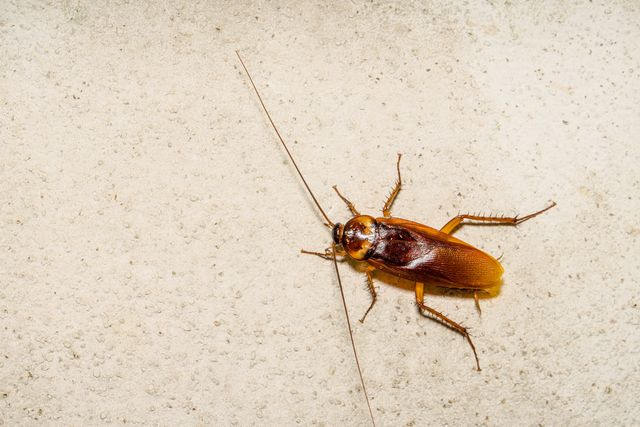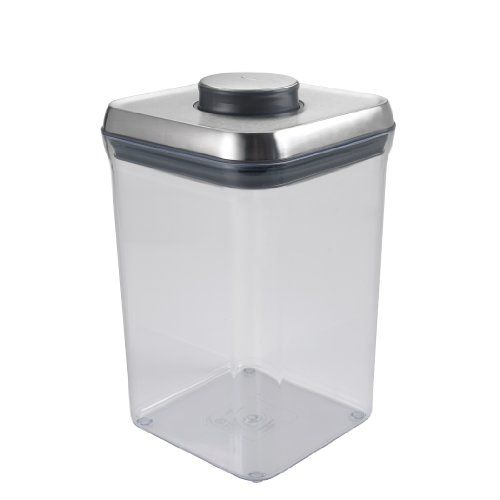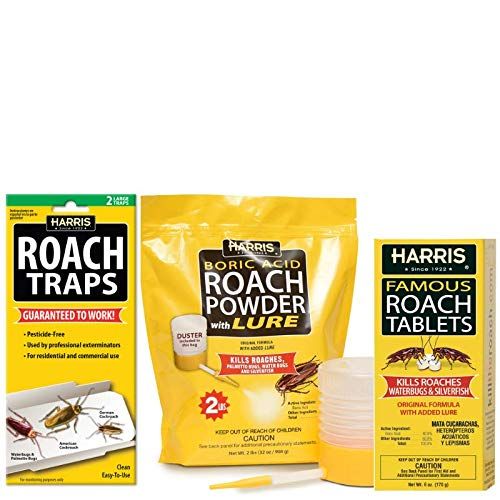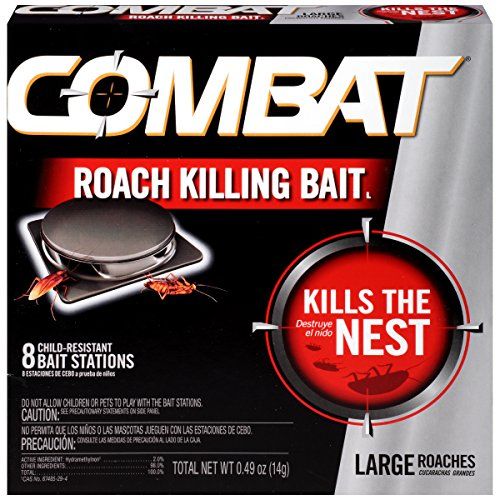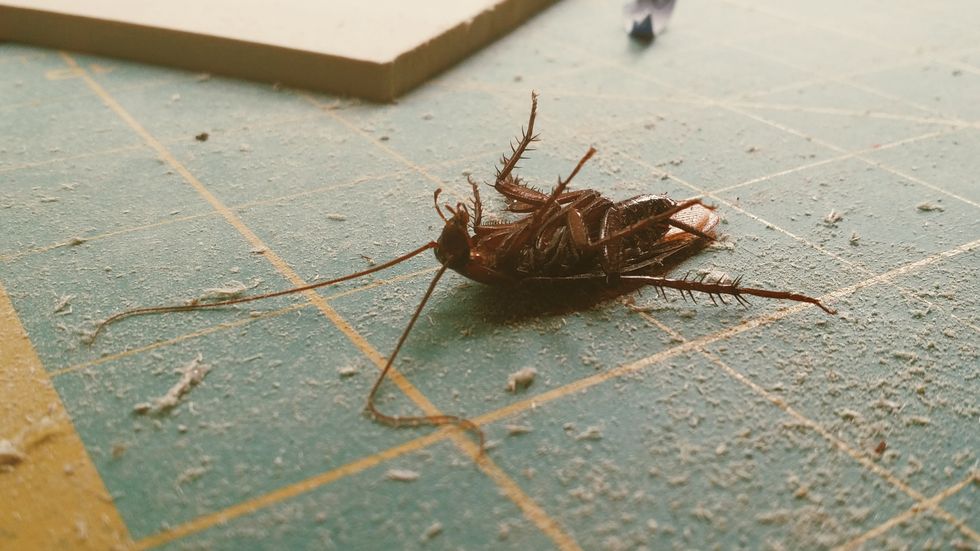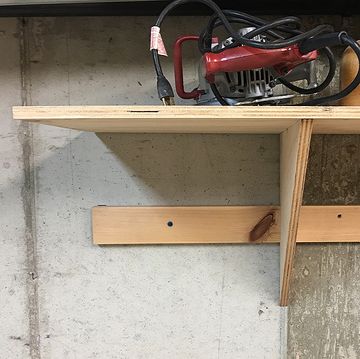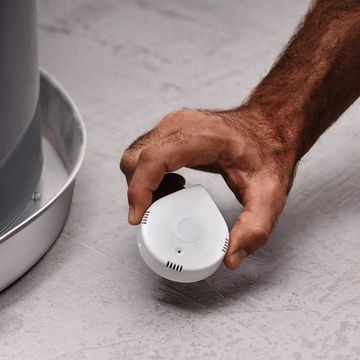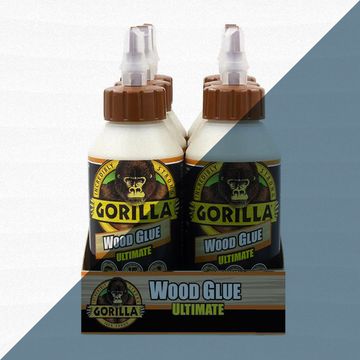There are few sights as disquieting and disgusting as walking into a room, flipping on the light and seeing cockroaches scurrying in every direction. The mere thought is enough to make your skin crawl. And for every cockroach you see there are usually dozens more hiding just out of view.
While getting rid of cockroaches is seldom easy, there are ways to eliminate an existing infestation and prevent future invasions. You just need to understand why these creepy crawlies showed up in the first place.
Cockroach Comforts
Cockroaches need three main things to live comfortably among us: water, food and someplace to hide out of sight. Eliminate these three attractants, and the cockroaches will eventually move on to a more hospitable environment.
Check for leaks beneath sinks, under the dishwasher and behind the refrigerator. Fix any dripping faucets. Before bed, empty pet water bowls or move them outdoors. And get into the habit of wiping up any water spilled onto countertops, around the faucet deck, and in all sinks and tubs. It doesn’t take much water—just a few drops—to attract a thirsty cockroach.
Use caulk, expanding foam sealant or pieces of sheet metal to seal up and close off all holes, cracks and seams found in and around cabinets, floors, walls and windows. Pay particular to spaces around plumbing pipes and electrical cables; cockroaches can squeeze through gaps as narrow as 1/8 inch.
Eliminating the food source is most challenging because cockroaches eat just about anything, and can survive on very little food; an entire colony can subsist on nothing more than a steady supply of crumbs. Start by emptying and reorganizing all food-storage cabinets, including the pantry.
Wipe clean all shelves and discard old, expired food items. Canned foods are, of course, safe from cockroaches, but anything else is vulnerable, especially dry food stored in boxes or bags, such as cereals, crackers, cookies, chips and flour. Keep opened bags tightly sealed with binder clips or, better yet, place open bags and boxes inside of airtight food containers.
Scrub clean cooktops and the inside of ovens, toasters and toaster ovens, which are often covered with crumbs, grease and food spatters. Vacuum the kitchen floor regularly and keep a lid on the trashcan. Before going to bed, be sure there’s no leftover food in pet bowls. And finally, try to keep all food in one or two rooms, usually the kitchen and dining room. Bringing food and beverages into bedrooms or living rooms will surely attract cockroaches and cause their numbers to swell.
The Killing Blow
Once you’ve made your home as inhospitable to roaches as possible, don’t expect them to immediately crawl away. Cockroaches can survive several months without food and two weeks or longer without water. You’ll have to move on to the next step: search and destroy.
However, don’t make the mistake of simply spraying a cloud of cockroach spray all over the house. While the poisonous spray will kill roaches, most will simply scurry away unfazed only to return once the spray loses its effectiveness.
Instead, try one or more of all of the following roach-killers: boric acid dusting powder, boric acid tablets, bait stations, and sticky glue traps. The dusting powder comes with an applicator for precisely blowing the powder into the tiniest cracks and crevices. Place the tablets inside base cabinets and behind appliances. Note that dusting powder and tablets are ineffective if wet, so only place them in dry locations.
A cockroach bait station is similar to an ant trap, consisting of a small plastic disc filled with sweet-smelling poison. Glue traps are affordable, easy to use and kill without any chemicals or pesticides.
While the above strategies will eliminate existing cockroaches, don’t forget about future generations of creepy crawlies. The last step is to apply an insect growth regulator (IGR), which is essentially birth control for roaches. An IGR employs a synthetic pheromone to interrupt the lifecycle of cockroach eggs and larvae, which in turn, keeps existing roach colonies under control and prevents current and future infestations from reproducing.
Follow these steps, and you'll be cockroach free in no time.
Joe is a former carpenter and cabinetmaker who writes extensively about remodeling, woodworking, and tool techniques. He has written eight books and is a contributing editor to Popular Mechanics. He also appears on the Today’s Homeowner TV show, and co-hosts the weekly Today’s Homeowner Radio Show. Joe writes from his home in Roxbury, Connecticut.
